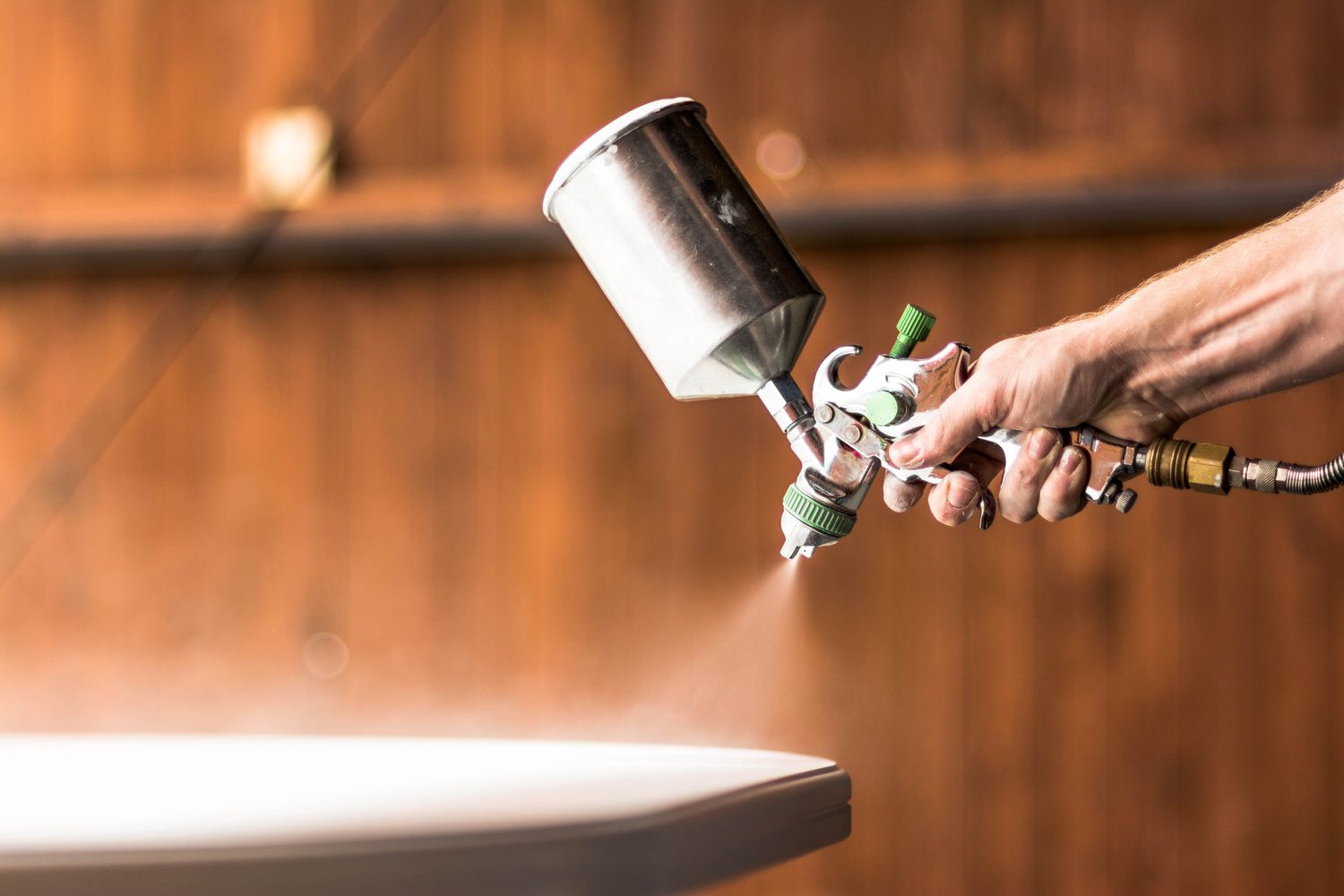

Articles
How To Lacquer Furniture
Modified: February 27, 2024
Discover the secrets of achieving a flawless lacquer finish on your furniture with our step-by-step guide. Transform your pieces into stunning statement pieces.
(Many of the links in this article redirect to a specific reviewed product. Your purchase of these products through affiliate links helps to generate commission for Storables.com, at no extra cost. Learn more)
Introduction
When it comes to furniture, there are countless options available to suit every taste and style. From luxurious sofas to elegant dining tables, furniture plays a significant role in enhancing the aesthetics and functionality of our homes. However, over time, even the most well-maintained furniture can start to lose its luster and charm.
That’s where the magic of lacquer comes in. Lacquer is a finishing technique that has been used for centuries to give furniture a beautiful and durable coating. With its glossy and smooth finish, lacquer can breathe new life into old furniture, making it look as good as new.
Applying lacquer to furniture may seem like a complex task, but with the right materials and techniques, anyone can achieve stunning results. In this article, we will guide you through the process of lacquering furniture, from the preparations to the final touches, ensuring a professional-looking finish that will impress everyone who lays eyes on it.
Before diving into the process, it’s essential to gather the necessary materials. You will need:
- Lacquer paint
- Primer
- Sandpaper (in various grits)
- Painter’s tape
- Clean cloth
- Paintbrushes or spray gun
- Dust mask
- Protective gloves
Once you have all the materials ready, it’s time to prepare the furniture for the lacquer application.
Key Takeaways:
- Transform old furniture with a glossy and durable finish using lacquer. Follow the meticulous process of preparation, application, sanding, and buffing for a professional-looking result.
- Embrace the art of lacquering to revitalize and protect your furniture. Choose high-quality materials, apply thin and even coats, and add final touches for a stunning and long-lasting finish.
Read more: How To Clean Lacquer Furniture
Materials Needed
Before you can begin lacquering your furniture, it’s important to gather all the necessary materials. Here’s a list of what you’ll need:
- Lacquer paint: Choose a high-quality lacquer paint that suits your desired finish. There are various types of lacquer paints available, such as nitrocellulose lacquer or water-based lacquer. Consider factors like durability and ease of application when selecting your lacquer paint.
- Primer: A primer is used to prepare the surface of the furniture for the lacquer application. It helps the lacquer adhere to the surface better and provides a smooth base for an even finish. Make sure to choose a primer that is compatible with your chosen lacquer paint.
- Sandpaper (in various grits): Sanding is a crucial step in the lacquering process. Different grits of sandpaper are used for different stages of sanding, from removing existing finish and imperfections to achieving a smooth and polished surface. Start with a relatively coarse grit, such as 120 or 150, and gradually work your way up to finer grits like 220 or 320.
- Painter’s tape: Painter’s tape is useful for protecting areas of the furniture that you don’t want to be lacquered. Use it to cover hardware, glass inserts, or any other parts that should remain untouched by the lacquer.
- Clean cloth: A clean cloth is essential for wiping down the furniture during the preparation and lacquering process. It helps remove dust, dirt, and any residual sanding particles to ensure a clean and smooth surface.
- Paintbrushes or spray gun: The choice between using paintbrushes or a spray gun depends on personal preference and the size of the furniture piece. Paintbrushes allow for more control and precision, especially for intricate details, while spray guns offer a faster and more even application. Ensure that your chosen tools are suitable for use with lacquer.
- Dust mask: Lacquer application can generate airborne particles that may be harmful when inhaled. Protect yourself by wearing a dust mask throughout the process, especially during sanding and spraying.
- Protective gloves: Lacquer contains chemicals that can irritate the skin. Wearing protective gloves, such as latex or nitrile gloves, will prevent direct contact and minimize the risk of skin irritation.
Now that you have gathered all the necessary materials, you’re ready to start preparing your furniture for the lacquer application.
Preparing the Furniture
Proper preparation is crucial to ensure a flawless lacquer finish on your furniture. Follow these steps to prepare the furniture before applying the lacquer:
- Clean the furniture: Start by thoroughly cleaning the furniture to remove any dirt, grease, or residue that may be on the surface. Use a gentle soap solution and a clean cloth to wipe down the furniture. Make sure to dry it completely before moving on to the next step.
- Remove the existing finish: If your furniture has an existing finish, such as varnish or paint, it’s important to remove it before applying lacquer. Use the appropriate sandpaper grit (start with a coarse grit) to strip off the old finish. Sand in the direction of the wood grain, and be gentle to avoid damaging the furniture.
- Smooth out imperfections: After removing the existing finish, check for any imperfections on the furniture surface, such as scratches, dents, or gouges. Use a finer grit sandpaper to smooth out these imperfections. Sand gently in a circular motion until the surface feels smooth to the touch.
- Apply primer: Once the furniture surface is smooth, apply a thin and even coat of primer. The primer will help the lacquer adhere better to the surface, ensuring a more durable finish. Allow the primer to dry completely according to the manufacturer’s instructions.
- Sand the primer: After the primer has dried, lightly sand the surface with a fine-grit sandpaper. This step will help create a smooth base for the lacquer application, ensuring a flawless finish. Wipe away any dust or debris with a clean cloth.
By following these steps, you will have prepared the furniture for the lacquer application. Remember, proper preparation is essential for achieving a professional-looking and long-lasting finish. Now, you’re ready to move on to applying the lacquer.
Applying the Lacquer
Now that you have prepared the furniture, it’s time to apply the lacquer. Follow these steps for a successful lacquer application:
- Choose the application method: Decide whether you will be using a paintbrush or a spray gun to apply the lacquer. Each method has its advantages, so choose the one that suits your preferences and the size of the furniture piece.
- Stir the lacquer: Before application, make sure to stir the lacquer thoroughly to ensure an even consistency. Follow the manufacturer’s instructions on how to properly stir the lacquer.
- Apply the first coat: Start by applying a thin and even coat of lacquer to the furniture surface. Be mindful of overlapping brush strokes or spray patterns to achieve a smooth result. Allow the first coat to dry completely according to the recommended drying time.
- Inspect and sand: Once the first coat is dry, inspect the surface for any imperfections or unevenness. If necessary, lightly sand the area with a fine-grit sandpaper to smooth it out. Wipe away any dust or debris with a clean cloth.
- Apply additional coats: Repeat the process of applying thin and even coats of lacquer, allowing each coat to dry fully and inspecting the surface before applying the next coat. The number of coats required may vary depending on the desired finish and the lacquer product you are using. Refer to the manufacturer’s instructions for guidance.
- Smooth out imperfections: After applying the final coat, inspect the surface for any remaining imperfections or unevenness. If necessary, gently sand the area and wipe away any dust before moving on to the next step.
It’s important to note that lacquer application is a delicate process, and patience is key. Applying thin and even coats will result in a smoother finish and prevent issues such as drips or runs in the lacquer. Remember to work in a well-ventilated area and wear a dust mask and gloves for safety.
Now that the lacquer has been applied to your furniture, it’s time to move on to the next step—sanding and buffing.
When lacquering furniture, make sure to sand the surface thoroughly to ensure a smooth finish. Apply thin, even coats of lacquer and allow each coat to dry completely before applying the next.
Sanding and Buffing
After applying the lacquer to your furniture, the next step is sanding and buffing to achieve a smooth and polished finish. Follow these steps to sand and buff your lacquered furniture:
- Sand the surface: Start by using a fine-grit sandpaper (such as 400 or 600 grit) to gently sand the entire surface of the lacquered furniture. Sand in a circular motion, paying attention to any rough or uneven areas. Keep the sandpaper and surface lubricated with water or mineral spirits to prevent the buildup of lacquer dust and ensure a smooth sanding process.
- Switch to a finer grit: After sanding the entire surface, switch to an even finer grit sandpaper (800 grit or higher) and repeat the sanding process. This second round of sanding will help achieve a smoother and more refined finish.
- Clean the surface: Once you have completed the sanding process, use a clean, damp cloth to wipe away any sanding dust or debris from the furniture surface. Make sure to remove all particles to prepare the surface for buffing.
- Apply polishing compound: Apply a small amount of polishing compound onto a soft, clean cloth or polishing pad. Gently rub the polishing compound onto the lacquered surface in circular motions. This step will help remove any remaining imperfections and enhance the shine of the lacquer.
- Buff the surface: Using a soft, clean cloth or buffing pad, buff the surface of the furniture in circular motions. Apply light pressure and continue buffing until you achieve the desired level of shine and smoothness.
- Clean and inspect: After buffing, wipe away any excess polishing compound with a clean cloth. Inspect the furniture surface for any missed spots or areas that need touch-ups. If necessary, apply additional lacquer and repeat the sanding and buffing process.
Sanding and buffing are essential steps in achieving a professional-looking finish for your lacquered furniture. Take your time and be diligent throughout this process to achieve the desired results. Proper sanding and buffing will ensure a flawless and smooth surface that enhances the beauty of your furniture.
Now that you have successfully sanded and buffed your lacquered furniture, it’s time for the final touches.
Final Touches
After the lacquer application, sanding, and buffing, it’s time to add the final touches to your furniture. These steps will help ensure that your lacquered piece is protected and looks its best:
- Allow the lacquer to cure: Give the lacquer ample time to fully cure and harden before using or handling the furniture. Curing times will vary depending on the type of lacquer used, so refer to the manufacturer’s instructions for guidance.
- Inspect for imperfections: After the lacquer has fully cured, inspect the furniture surface for any imperfections or areas that need touch-ups. If you notice any unevenness or spots that require attention, gently sand and buff those areas to achieve a consistent finish.
- Apply a protective topcoat: To further protect the lacquer and enhance its durability, consider applying a clear protective topcoat. This additional layer will provide an extra barrier against scratches and wear and tear. Follow the instructions on the topcoat product for proper application.
- Polish the hardware: If your furniture has any decorative hardware, take the time to clean and polish it. This step adds the finishing touch and ensures that every aspect of your piece looks its best.
- Place furniture pads or coasters: To prevent scratching or damage to the lacquer, place furniture pads or coasters on the bottom of heavy objects or items that may come into contact with the furniture surface.
- Maintain and clean properly: To keep your lacquered furniture looking its best, follow proper cleaning and maintenance practices. Regularly dust the surface with a soft cloth, and avoid using harsh abrasive cleaners that can damage the lacquer. Wipe up spills immediately to prevent staining or damage.
With these final touches, your lacquered furniture is ready to be admired and enjoyed. The meticulous process of lacquering and the attention to detail in the final steps will ensure that your furniture shines with a beautiful and durable finish.
Remember, proper maintenance and care will help preserve the lacquer finish for years to come. Enjoy your newly lacquered piece, and revel in the transformation you have achieved!
Conclusion
Lacquering furniture is a rewarding process that can breathe new life into your beloved pieces. By following the steps outlined in this article, you can achieve a professional-looking and durable finish that will enhance the beauty and longevity of your furniture.
From preparing the furniture to applying lacquer, sanding and buffing, to adding the final touches, each step plays a crucial role in achieving a flawless result. Patience, attention to detail, and the right materials are key to creating a stunning lacquer finish.
Remember to choose high-quality lacquer paint, properly prepare the furniture surface, and apply thin and even coats of lacquer for optimal results. Sanding and buffing are essential to achieving a smooth and polished finish, while the final touches, such as adding a protective topcoat and maintaining proper care, ensure the longevity of your lacquered furniture.
As you embark on your lacquering journey, embrace the opportunity to revitalize and transform your furniture. Emphasize your personal style and creativity by selecting the perfect lacquer color and sheen to complement your décor.
With diligence and care, your lacquered furniture will become a centerpiece in your home, evoking awe and admiration from guests. The glossy and durable finish provided by lacquer will not only enhance the aesthetics of your furniture but also protect it from daily wear and tear.
So, whether you’re looking to revamp an old piece of furniture or transform a new one, embrace the art of lacquering and unlock the potential of your furniture. With the knowledge and techniques shared in this article, you are ready to embark on a journey of creativity, craftsmanship, and the satisfaction of creating stunning lacquered furniture.
Now, gather your materials, prepare your furniture, and let the lacquer work its magic. Enjoy the process and the transformation that awaits!
Frequently Asked Questions about How To Lacquer Furniture
Was this page helpful?
At Storables.com, we guarantee accurate and reliable information. Our content, validated by Expert Board Contributors, is crafted following stringent Editorial Policies. We're committed to providing you with well-researched, expert-backed insights for all your informational needs.
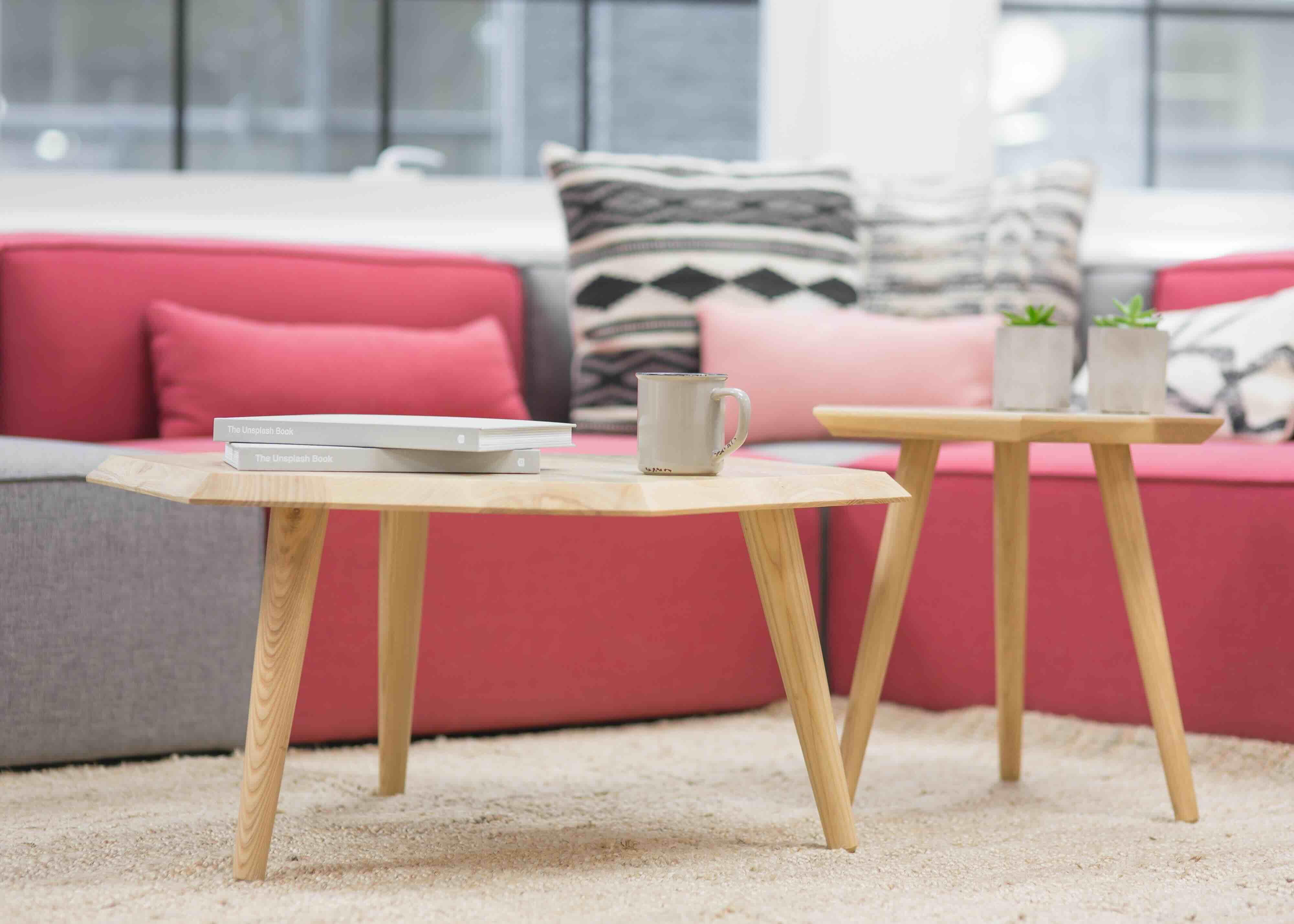
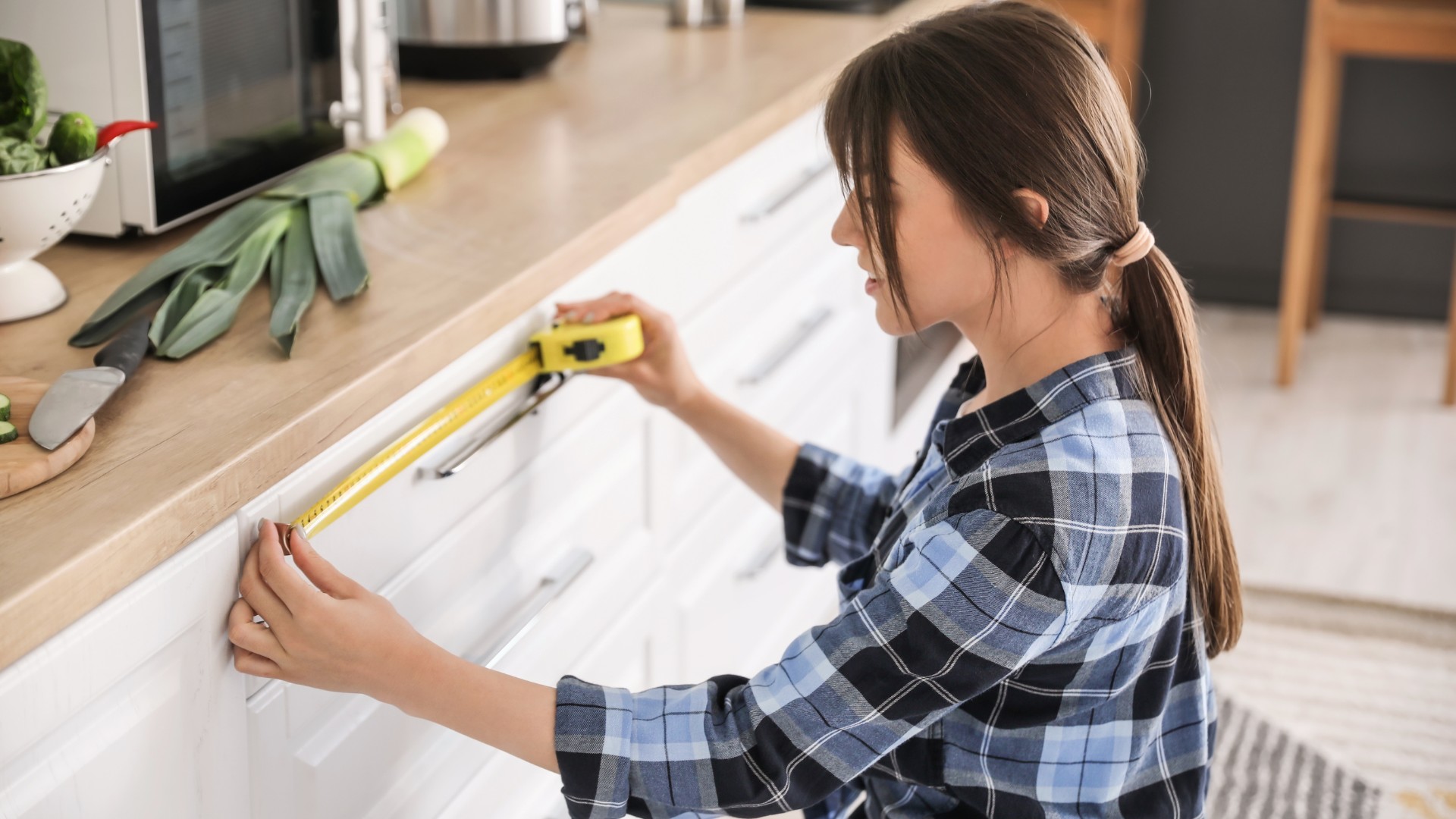
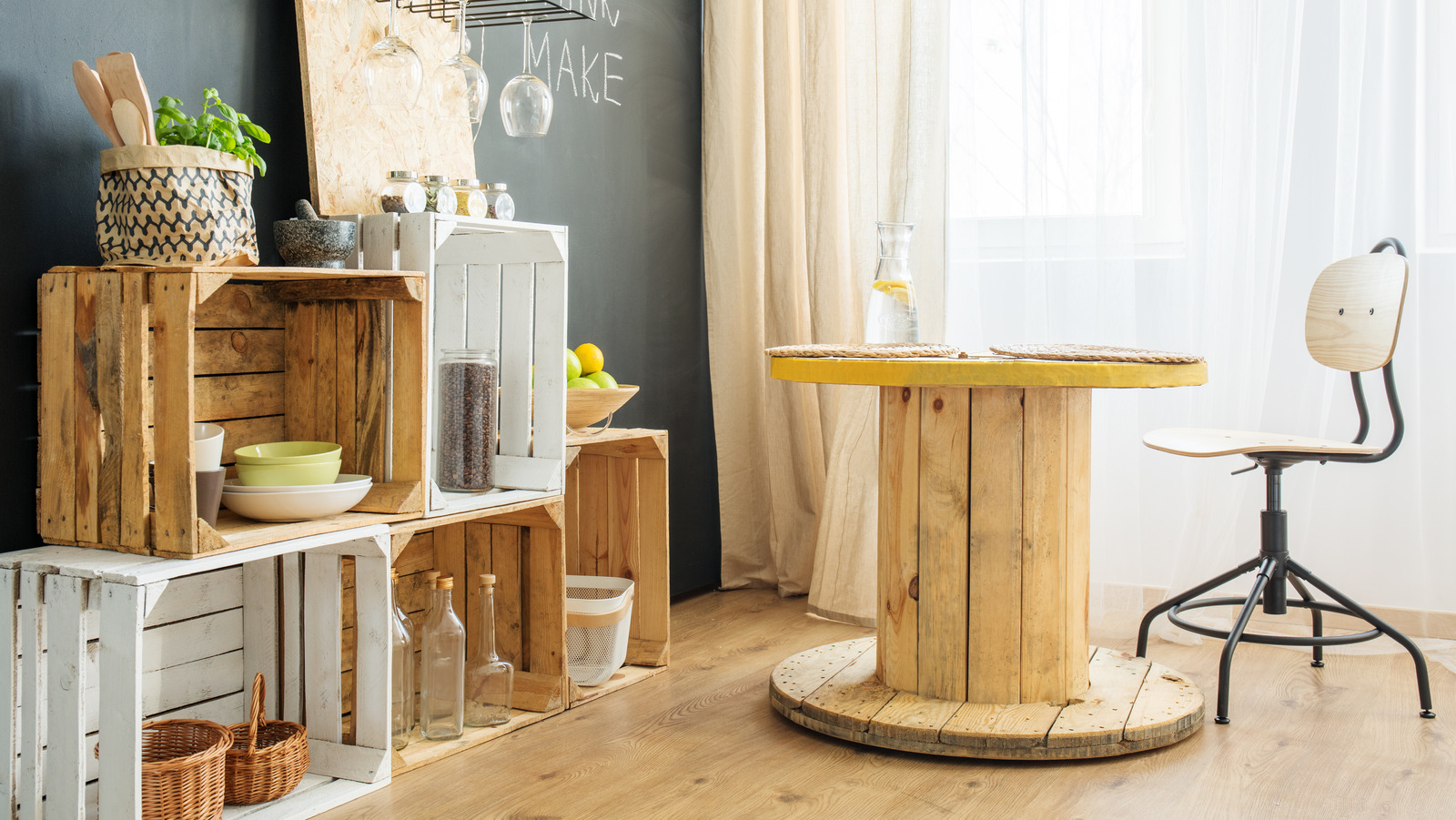
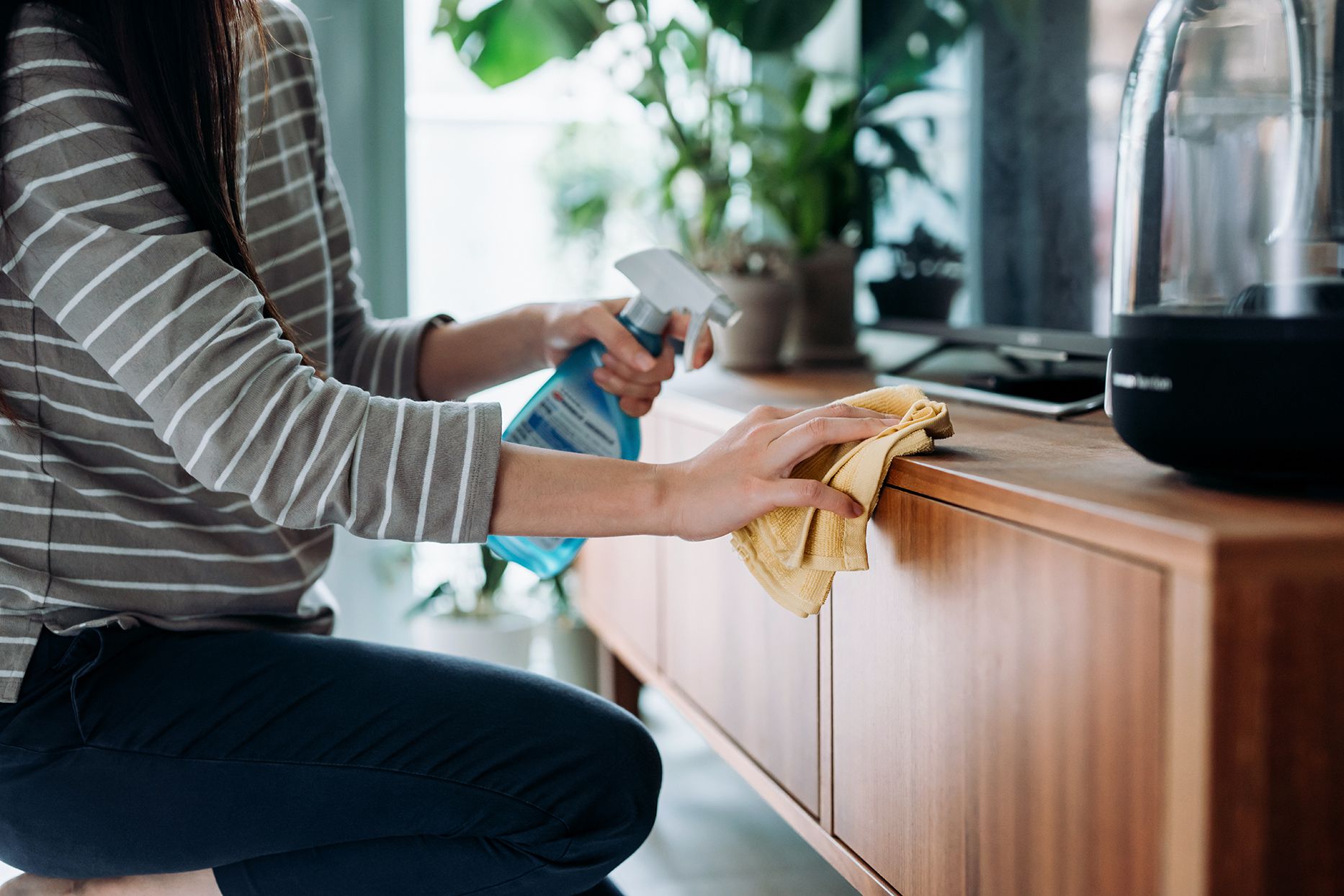
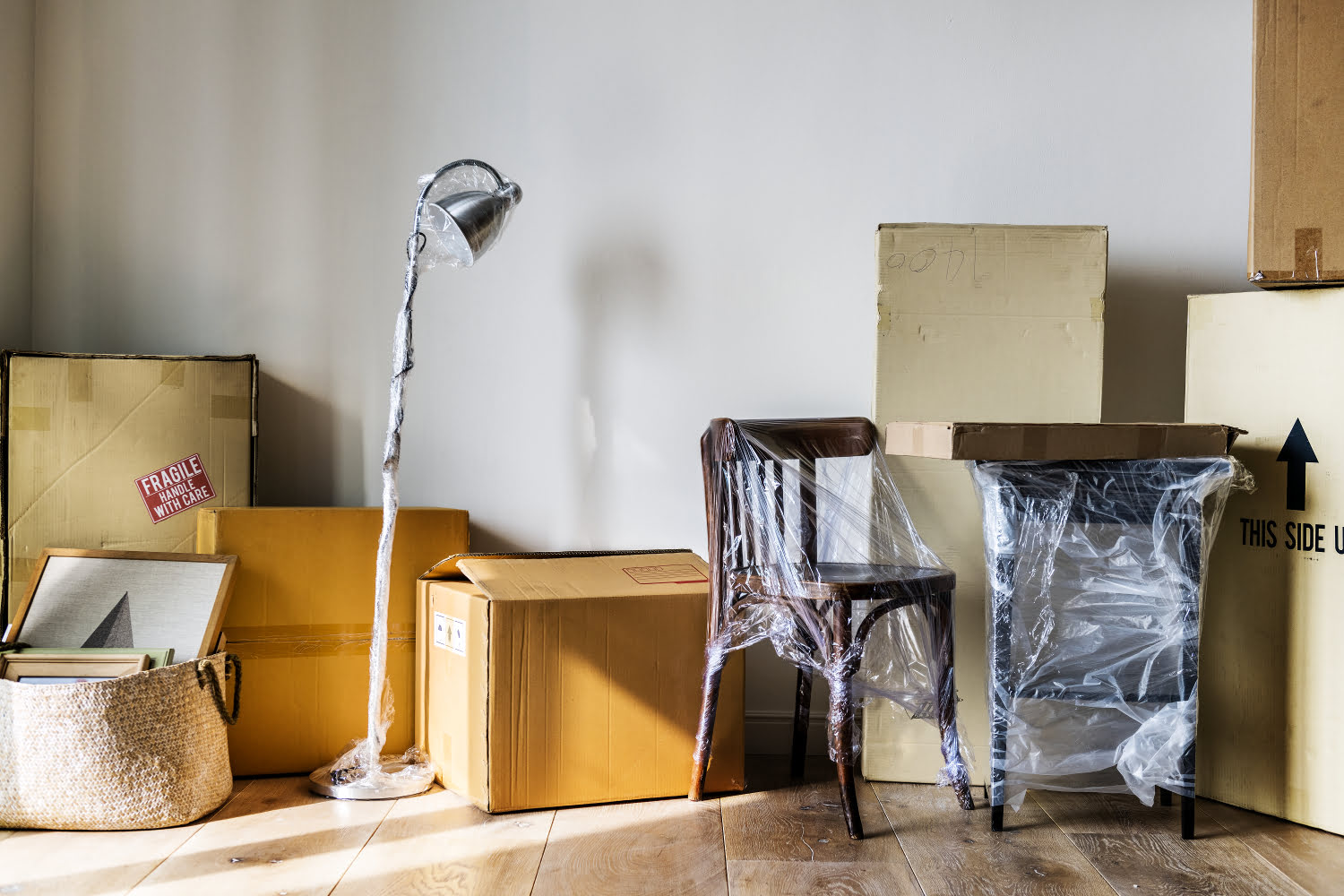
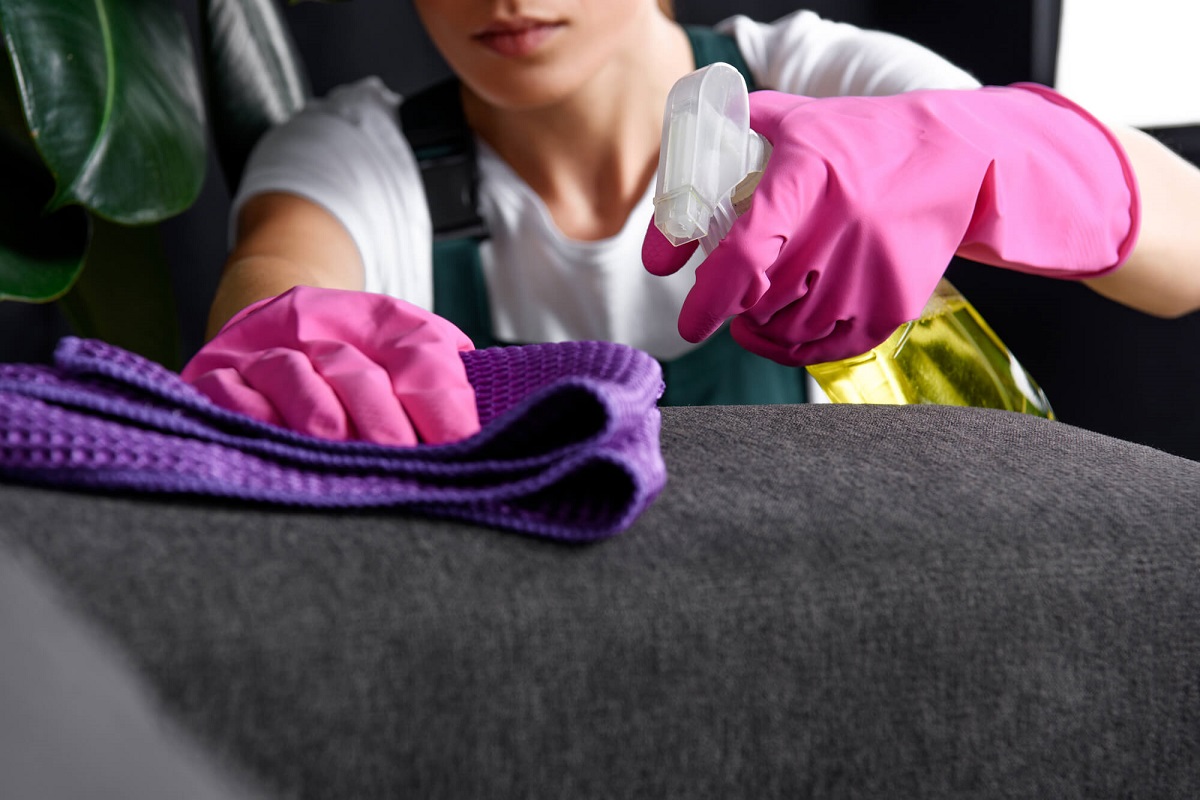

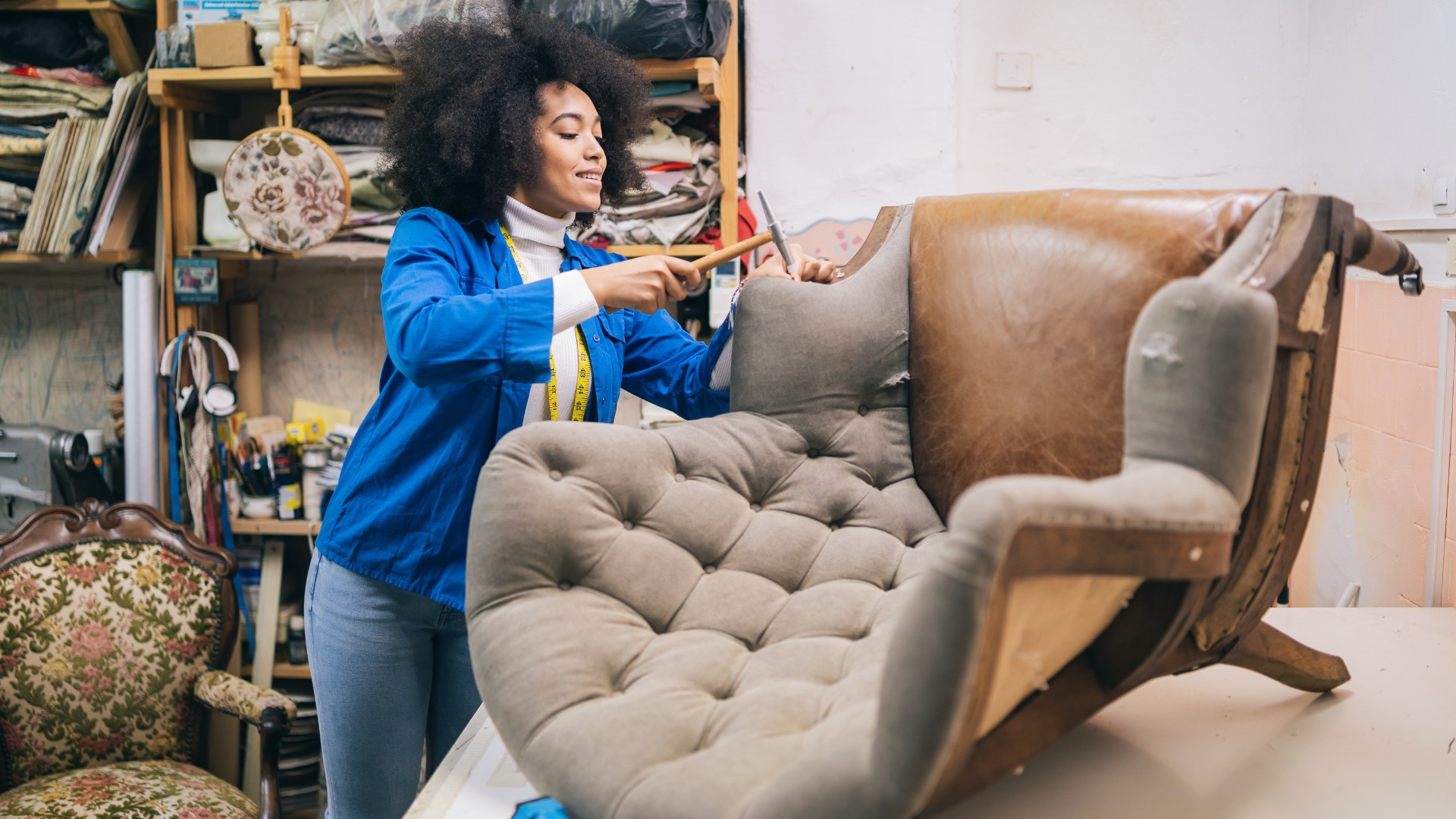

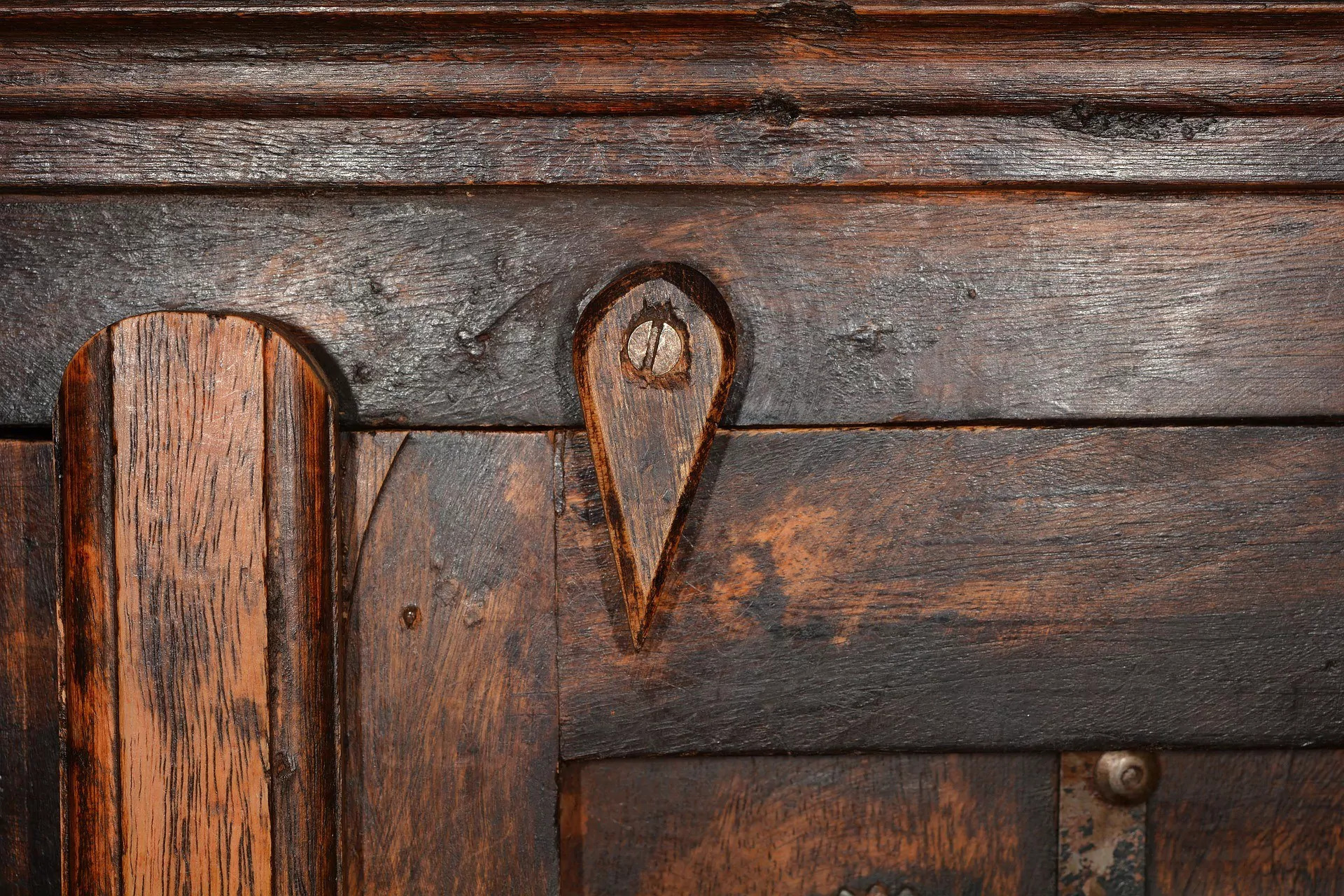
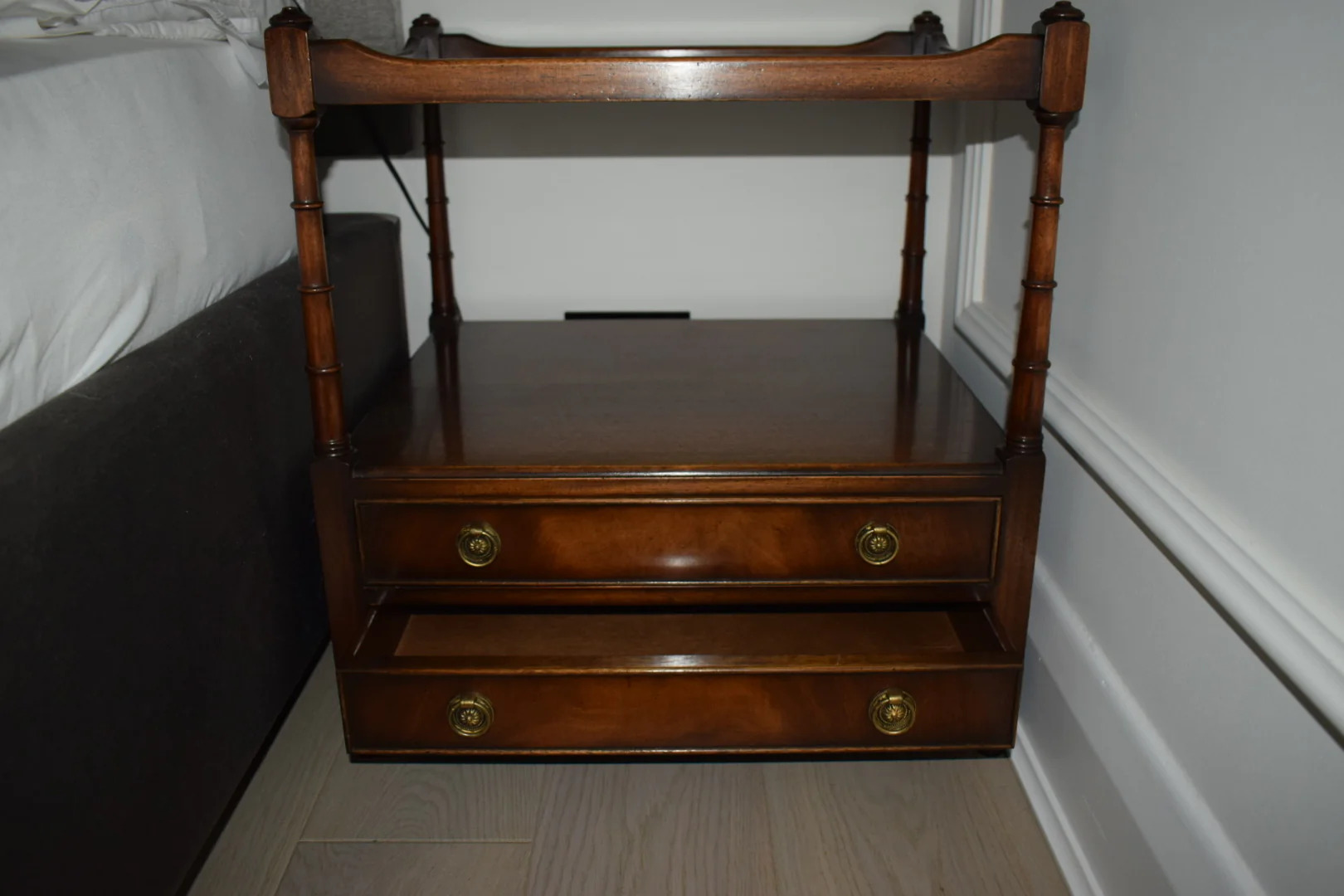




0 thoughts on “How To Lacquer Furniture”